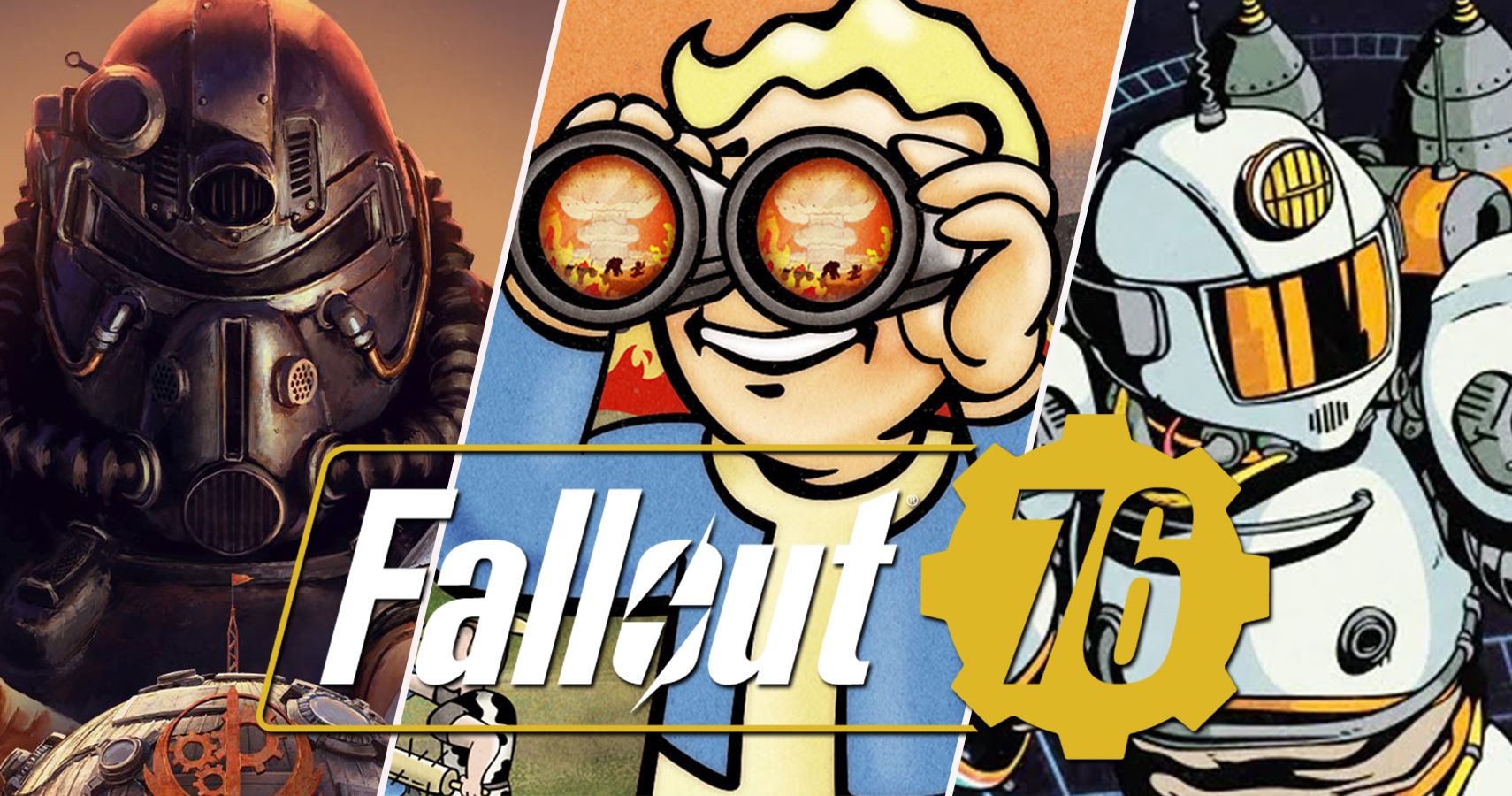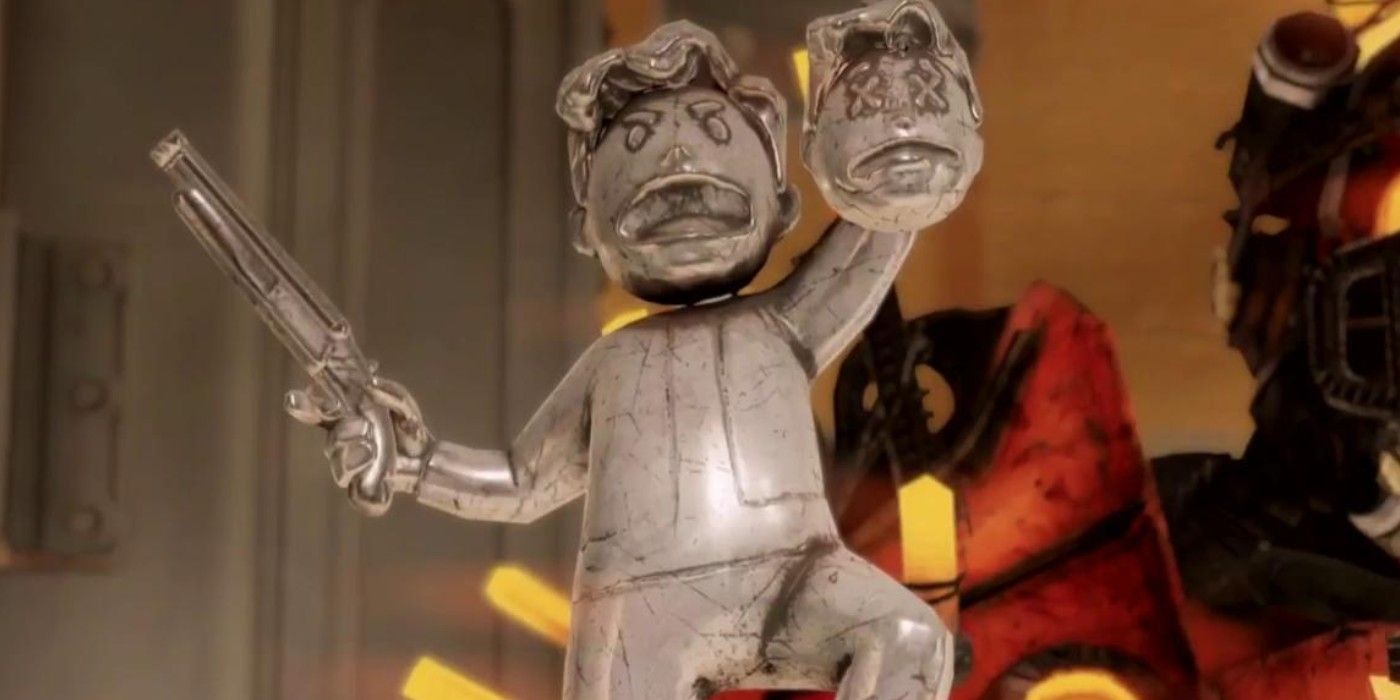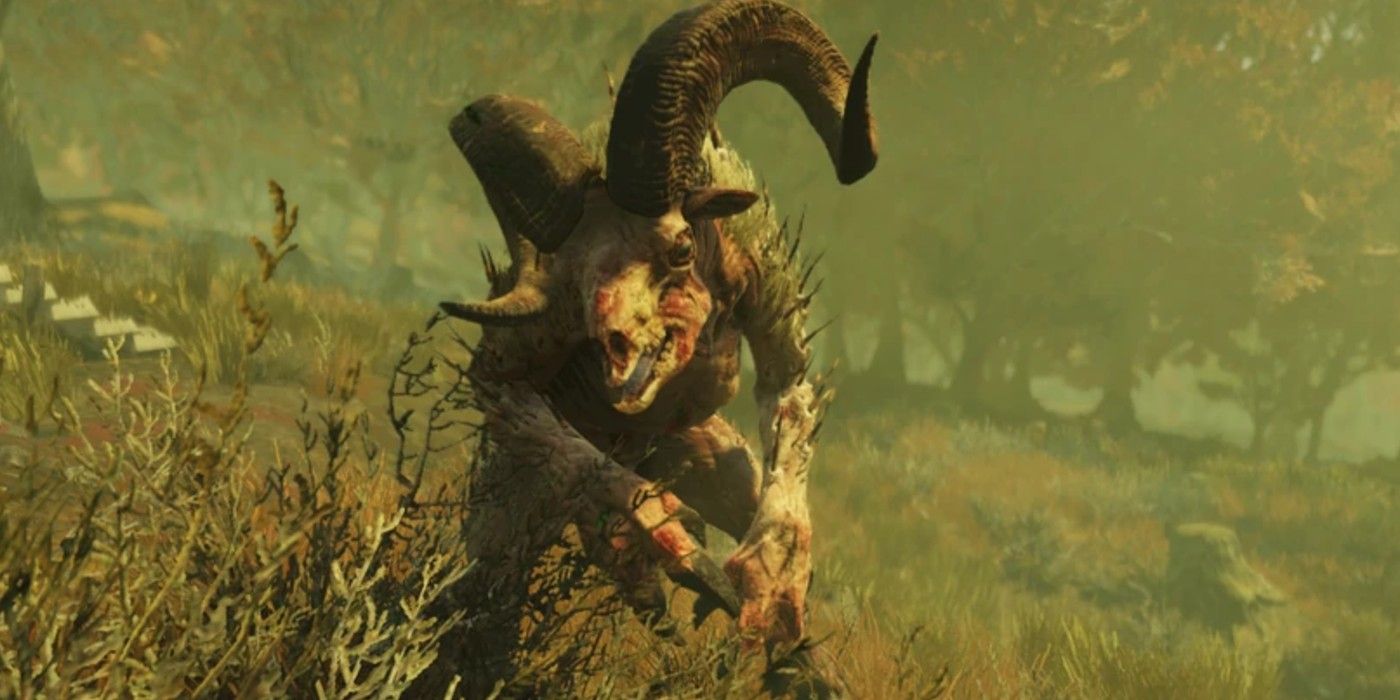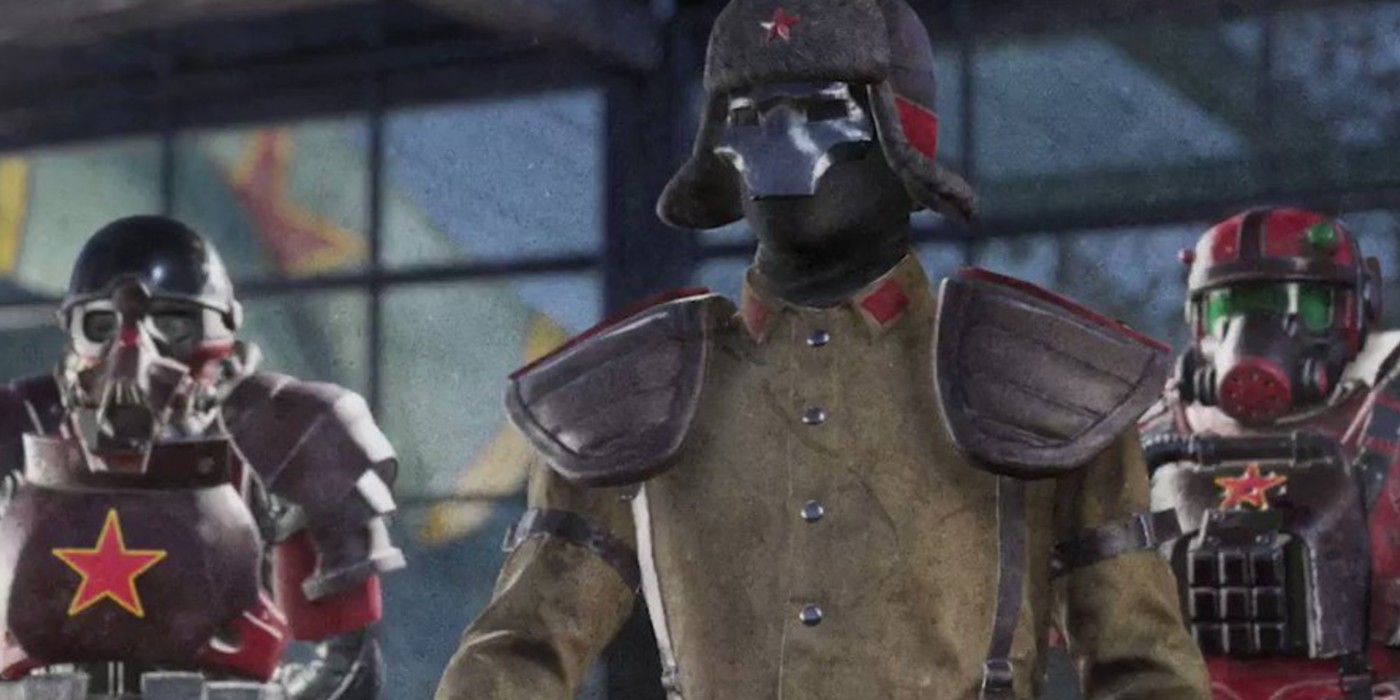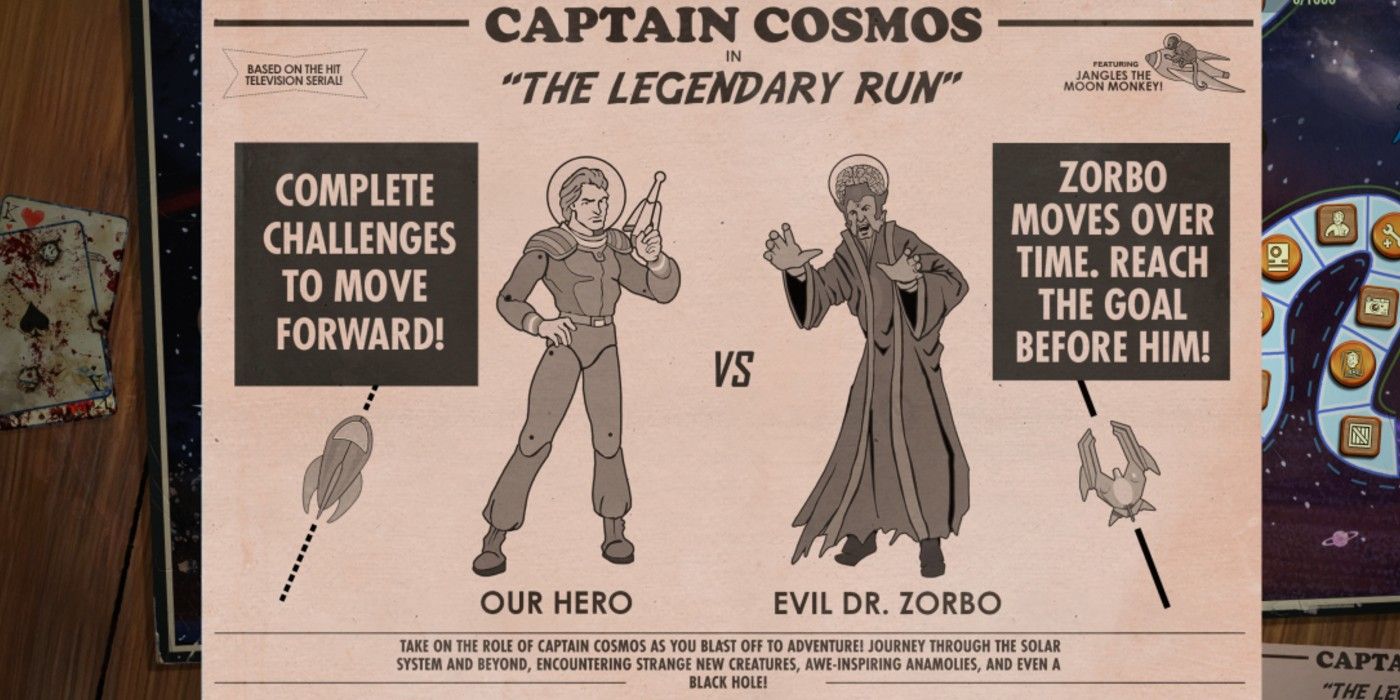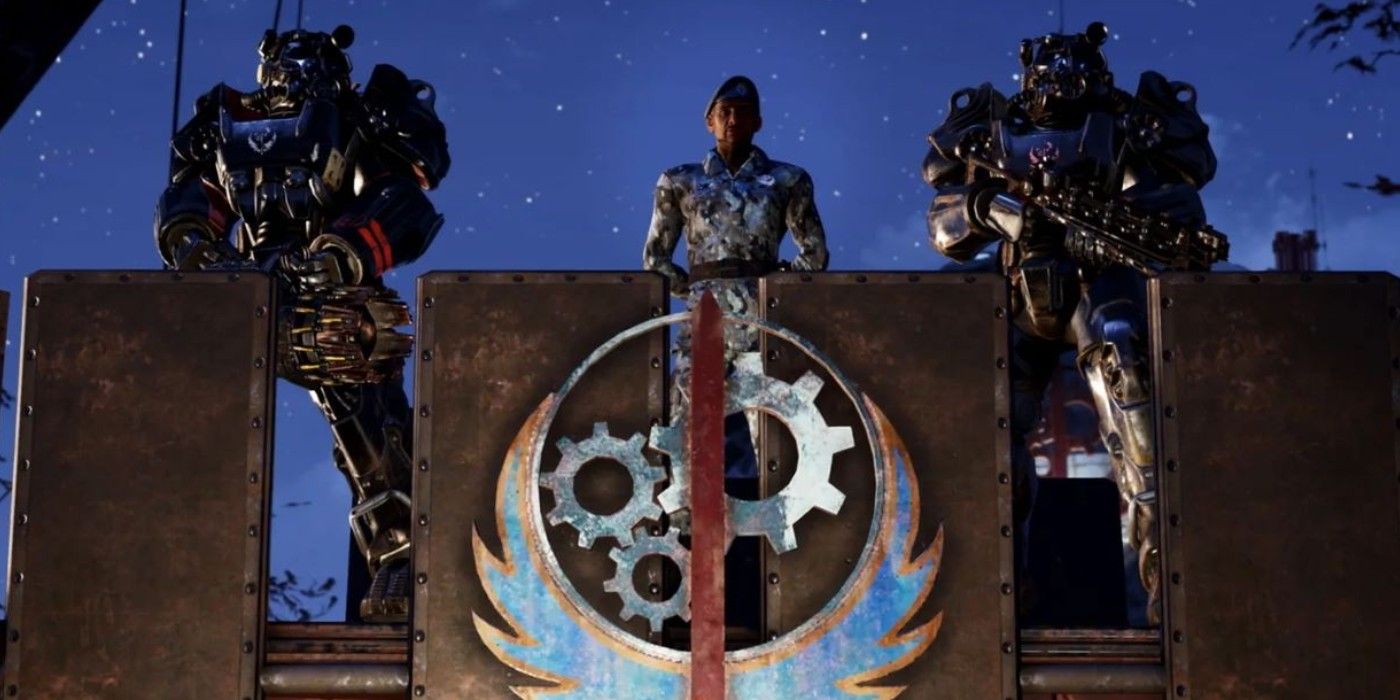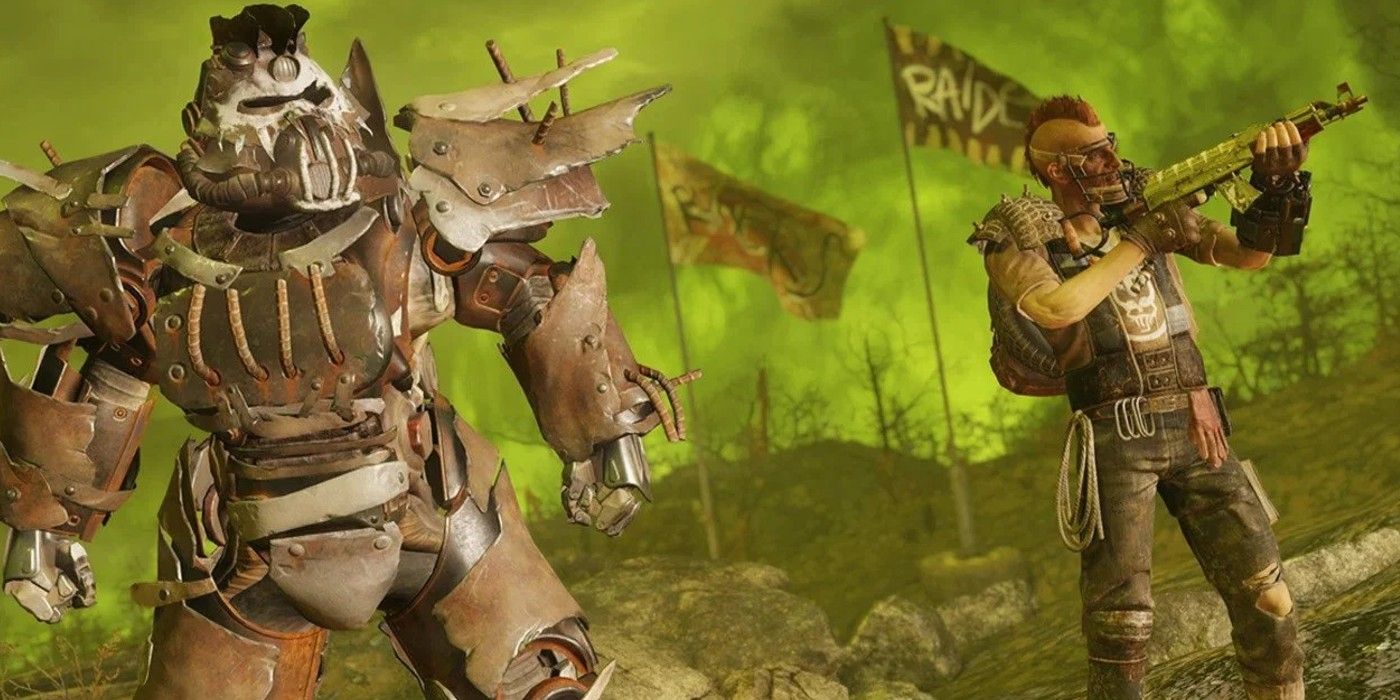Upon release, the highly controversial Fallout 76 – Fallout’s first foray into the online multiplayer battlefields – wasn’t just broken and barely playable, but hollow. Excited Vault Dwellers exited Vault 76 only to find that after nuclear annihilation, America was left literally empty and unpopulated. There was barely anything to do in the game outside of engage in unbalanced fights with other drifters or gaze in disbelief at how sloppy and incomplete the game was.
Bethesda gradually fixed this and addressed countless criticisms via some major updates, which not only gave players something to do beyond recording funny bugs but also made Fallout 76 actually feel like a video game. Here are the game’s six updates, ranked from worst to best (at least relative to Fallout 76’s standards).
Nuclear Winter
Fallout 76 has been accused of many things, one of which was abandoning its entire identity to chase whatever gaming trend was popular at the time of development (e.g. multiplayer survival games). Nowhere was this clearer than in update number two, Nuclear Winter, which turned the then-jokingly suggested Fallout: Battle Royale into a messy, bug-infested reality because Fortnite became the envy of the gaming industry.
The eponymous “Nuclear Winter” is this update’s biggest offer, which is a 52-player PVP (Player-Vs-Player) free-for-all where players duke it out to become Vault 51’s Overseer. Additionally, Vault 94 was introduced, opening dungeon-crawling sprees filled with new and upgraded monsters for players of all levels to slaughter.
Even after subsequent patches fixed whatever issues these new modes and missions had and even if there is some entertainment value to be found, Nuclear Winter nabs the lowest spot for not just being transparently derivative, but for introducing a battle royale that literally goes against the core anti-war themes of Fallout, in both story and gameplay.
Wild Appalachia
Fallout 76’s first update gets some credit for marginally improving the base game, but it loses out simply because it’s nothing but damage control. A lot has already been said about Fallout 76 feeling almost nothing like Fallout, with barely anything to do but bumble around the glitch-infested wastelands. Wild Appalachia does the bare minimum to fix this, elevating the game from infuriating to the dizzying heights of tolerable.
Aside from fixing buggy graphics and game-breaking bugs, Wild Appalachia introduces quests, a survival mode, challenges, social media options, and a travelling vendor who deals exclusively in pricey legendary items. Basically, the update finally gave players something to do in the barren remains of West Virginia. To its credit, Wild Appalachia mostly succeeds in what it set out to do, and it does feature the Sheepsquatch. But given how low the bar is for Fallout 76, what this update accomplishes isn’t really saying much.
One Wasteland For All
The fifth update gets a middling placing here only because it doesn’t do much outside of some necessary housekeeping. One Wasteland For All is dedicated more to rebalancing some things and making other important fixes than being fun, which is understandable and much appreciated… even if it’s admittedly a little uneventful and boring.
Important fixes include refining players’ levels by making sure that the challenges, tasks and rewards assigned to them match their current status. For example, newcomers would only be pit against weaker monsters while veterans will deal with high-leveled beasts. Previously, the level imbalance either pit unkillable monstrosities against any player in its vicinity or led to unfair PVP duels. Additionally, some new perks along with the game’s second event season, Armor Ace, were introduced.
The Legendary Run
A major criticism of Fallout 76 was its lack of an endgame or at least something to do; players were just thrown into a typical, barely populated Fallout nuclear-blasted desert and expected to somehow have fun. While not the first to address this problem (that would be Wastelanders), the fourth update makes some significant additions and improvements that made the Fallout 76 experience worth investing some time and fun in.
The Legendary Run notably starts Fallout 76’s events and seasons, kicking things off with the alien-themed summer event where players get to play as legendary space hero Captain Cosmos. Styled like an in-universe board game and mixed with different tasks, players must make it to the finish line before the evil Dr. Zorbo does. The update also brought in new legendary perks/items to collect, monsters, quests, and the Public Team system wherein players can quickly ally with other players to beat challenges.
Steel Dawn
As mentioned earlier, Fallout 76 felt like an empty shell of a Fallout game, especially with its glaring lack of factions. Fallout games live and die by their political intrigue and dueling sides of the conflict. By that standard, Fallout 76 came in dead on arrival after cleansing itself of any politics and even the franchise’s poster group, The Brotherhood of Steel, from itself. They finally make their official return in Steel Dawn, the sixth and latest update as of this writing.
After being teased across the previous updates, the Brotherhood finally makes its move by sending an expeditionary force to Appalachia. It’s up to players if they want to help or hinder Paladin Leila Rahmani and her forces in the first half of a two-part Brotherhood storyline. Other major additions include the introduction of the C.A.M.P. (Construction and Assembly Mobile Platforms) that let players establish settlements and the option to replay certain missions. Steel Dawn is a much-appreciated return to form, even if it came out a little too late for some.
Wastelanders
Many credit this third update for not just adding new quests and fixes to Fallout 76 but for finally making it feel like a proper Fallout installment, and they’re not wrong. Wastelanders makes Fallout 76 enjoyable to Fallout veterans by reintroducing franchise staples such as monsters that actually function as intended rather than bugging out, interactive Non-Player Characters (NPC) with intricate dialogue trees, branching narratives that are impacted by a player’s actions, and – most importantly – a story.
Set one year after Fallout 76’s opening, settlers (aka NPCs) have started trekking to Appalachia either for a new life or to search for a mythical treasure buried somewhere there. Apparently, Fallout 76’s lead developers were surprised that Fallout players actually wanted to save the wasteland instead of running around murdering each other, hence the initial absences of NPCs and a meaningful narrative where diplomacy was an option.
While some critics understandably give Wastelanders the faintest praise for trying to sell Fallout’s most basic elements as brand new innovations, the update is (currently) the best of the lot for bringing the game back to its roots – even if begrudgingly. This isn’t just because of what it added, but because it feels like rightfully angry fans’ wake-up call to Bethesda was finally answered.

